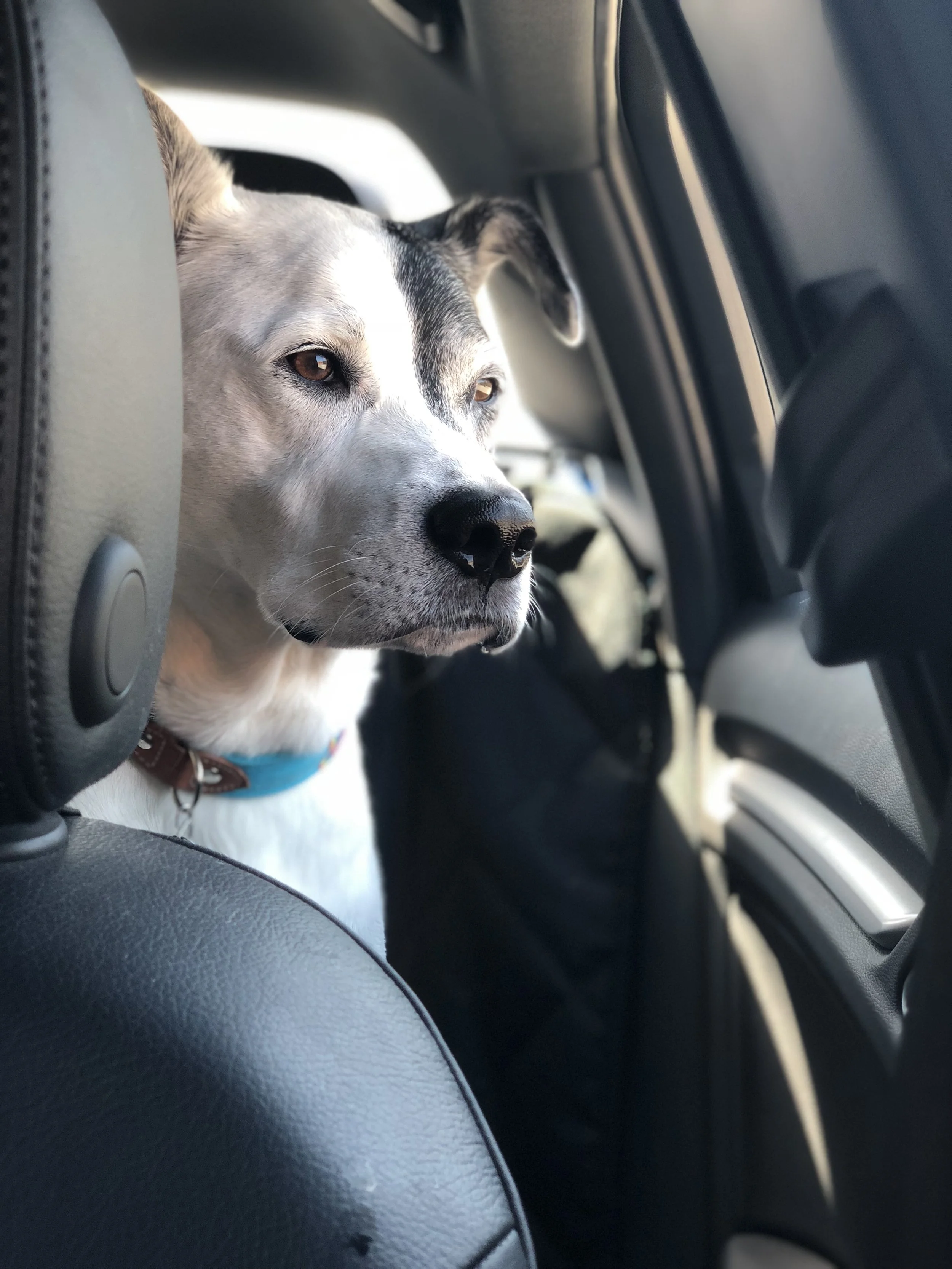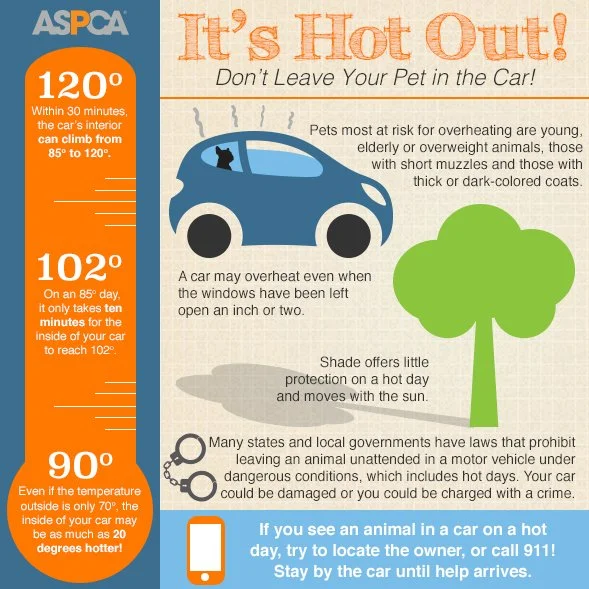Traveling With Your Dog
Keeping your dog safe when traveling is paramount to ensuring a stress-free and enjoyable journey for both you and your best friend. Whether you're embarking on a road trip or flying to a new destination, taking precautions such as securing your dog with a proper harness or crate, ensuring they have identification tags and a microchip, and packing essentials like food, water, and medication can make all the difference. Additionally, familiarizing yourself with pet-friendly accommodations and transportation options can help mitigate potential risks and ensure a smooth travel experience for your beloved dog.
Please, NEVER EVER leave your dog unattended in your vehicle unless it has a pet-safety and climate control mode like Tesla or Rivian has. the good boy foundation still doesn’t recommend leaving your dog unattended at all, but please be safe if you do with these pet-friendly modes.
Leaving your dog in a parked car, even for a short period, can pose severe risks and danger to their health and safety. On a warm day, temperatures inside a parked car can quickly rise to dangerous levels, leading to heatstroke, dehydration, and even death. Dogs are particularly vulnerable to heat-related illnesses as they are unable to regulate their body temperature as effectively as humans. Even on milder days, the confined space of a car can cause distress and anxiety for your dog, exacerbating existing health conditions or leading to panic-induced behaviors. Additionally, leaving your dog unattended in a car increases the risk of theft or escape, putting them in further danger. It's crucial to prioritize your dog's well-being by avoiding leaving them alone in a parked car and opting for safer alternatives whenever possible.
What To Bring With You
Identification and Documentation: Ensure your dog wears a collar with an ID tag containing your contact information. Also, carry a copy of your dog's vaccination records and any necessary permits or licenses. Some airlines require health certificates (usually within 24-48 hours of a flight - please check with your airline).
Travel Crate or Carrier: If traveling by air or for long distances, a secure and comfortable crate or carrier is essential for your dog's safety and security.
Leash and Collar / Harness: Always have a sturdy leash and properly fitting harness or collar to keep your dog secure during walks and outings.
Food and Water: Pack enough dog food for the duration of your trip, along with portable food and water bowls and an ample supply of fresh water.
Medications and First Aid Kit: Bring any necessary medications your dog may need, as well as a basic first aid kit containing items such as bandages, antiseptic wipes, and tweezers. You can find information on how to put together your own dog first aid kit on the first aid kit page.
Bedding and Comfort Items: Bring your dog's favorite bedding or blanket to provide a sense of familiarity and comfort during travel.
Toys and Chews: Pack a few of your dog's favorite toys and chews to keep them entertained and mentally stimulated during the journey.
Poop Bags: Be prepared to clean up after your dog by carrying plenty of poop bags for waste disposal.
Grooming Supplies: Pack grooming essentials such as a brush, nail clippers, and pet wipes to keep your dog clean and comfortable on the go.
Emergency Contact Information: Keep a list of emergency contact numbers, including your veterinarian's contact information and the location of nearby veterinary clinics at your destination.
Airline Policies For Traveling With Your Dog
The Good Boy Foundation is committed to providing valuable resources and education to empower pet parents in caring for their furry companions. However, it's important to note that the information provided on our website is intended for educational purposes only and should never replace the advice or treatment provided by a licensed veterinarian. While we strive to offer accurate and helpful guidance, we cannot be held responsible for any outcomes or consequences resulting from the application of this information. Pet parents are encouraged to consult with their veterinarian for personalized guidance and recommendations tailored to their pet's specific needs and circumstances.
Safety Equipment and Gear I Used for Deuce




